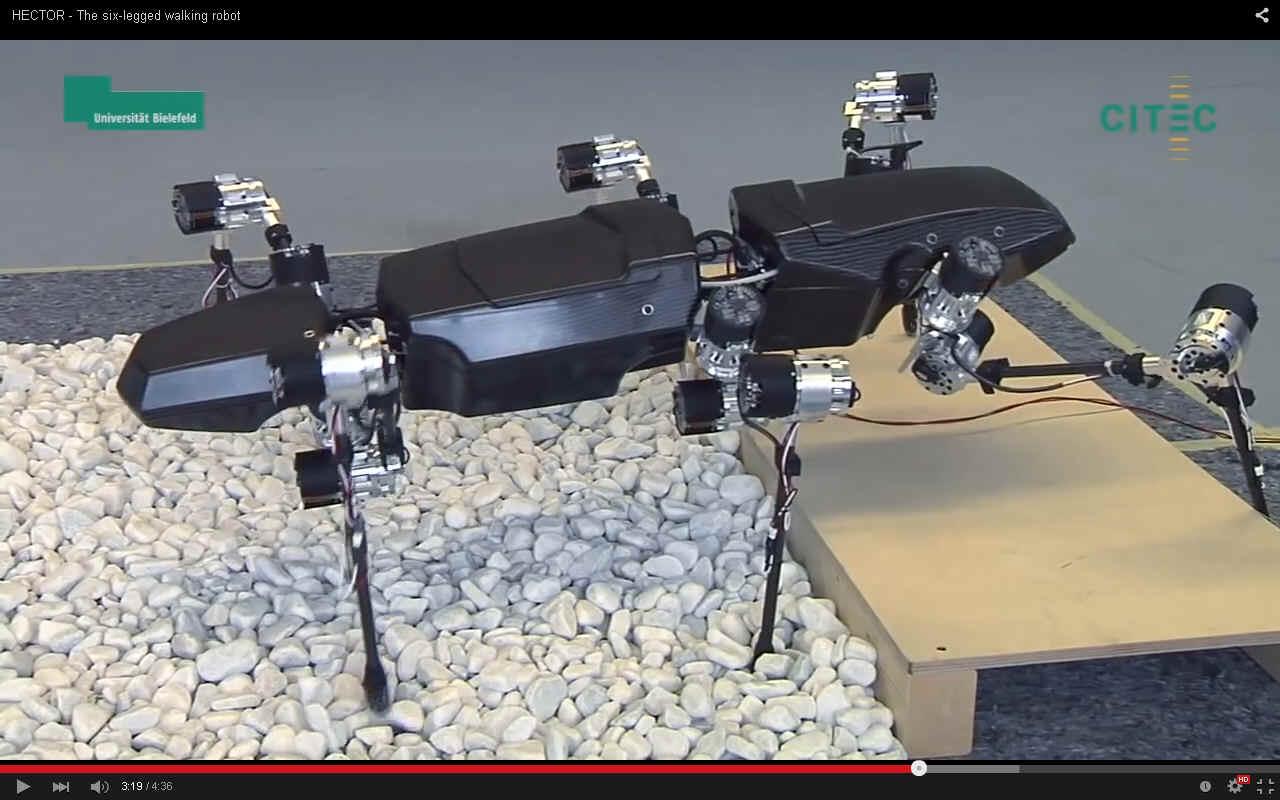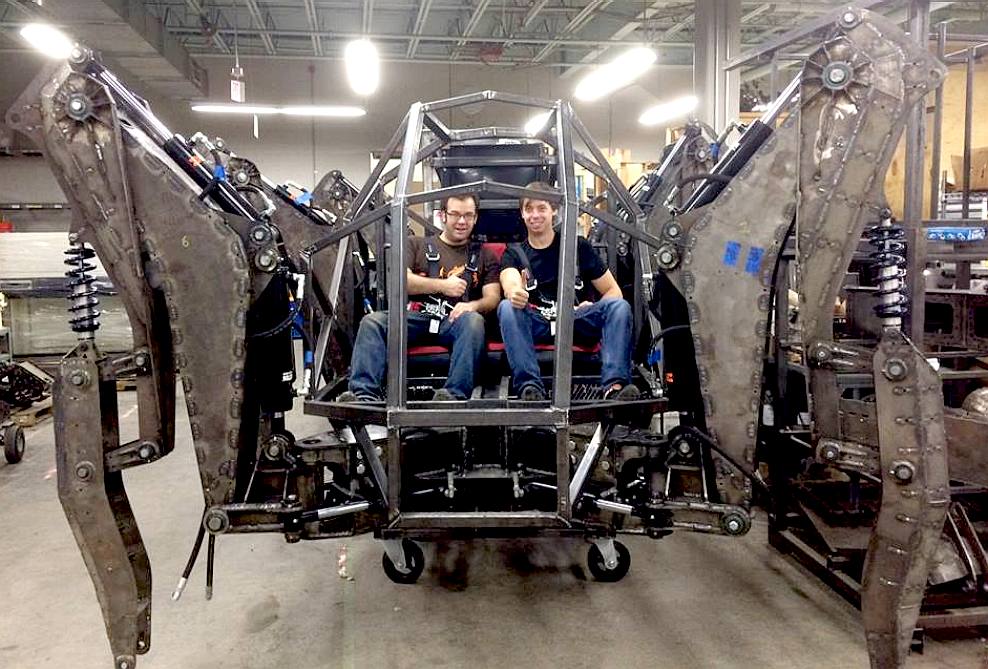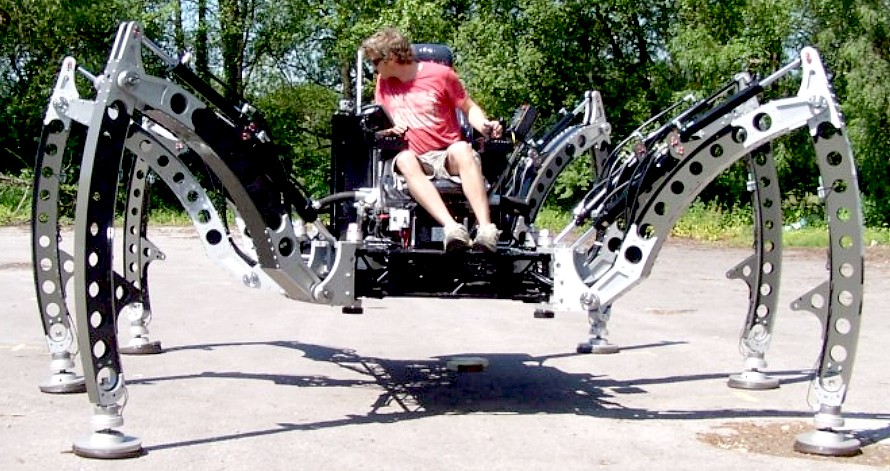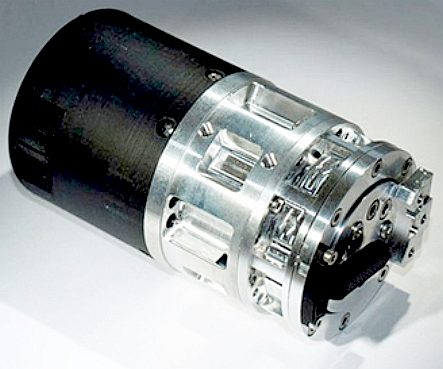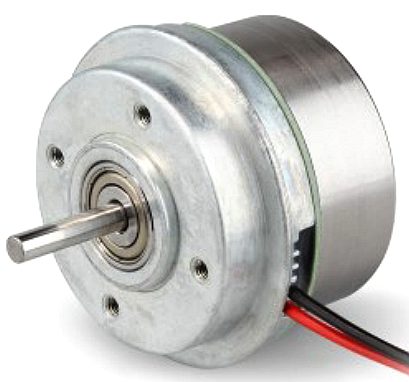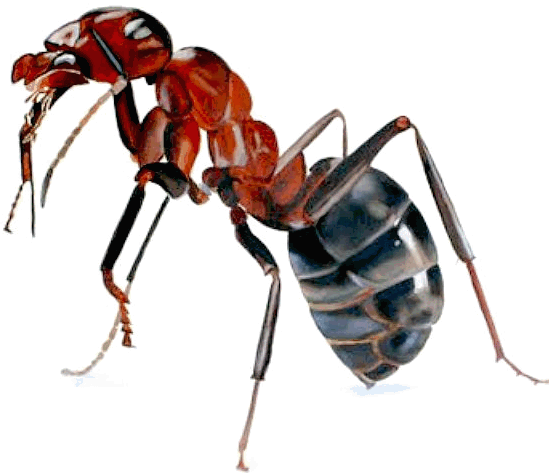|
HECTOR - BIELEFELD UNIVERSITY, GERMANY
|
|
|
HECTOR
- The Biomechatronics research group of Bielefeld University, led by Prof. Dr. Axel Schneider, developed this six-legged walking robot using a stick insect as a model. For the design, the insect's measurements were increased by a factor of about 20. The total length of the robot is roughly 90 cm
and weighs 12kg. They say it's a giant stick insect, but it looks more
like an ant or a beetle. The project's goal was to better understand the gait of
insects and make the underlying coordination principles usable for technical systems. The research team also
wanted to investigate fundamental concepts for controlling elastically actuated robotic systems.
Now this is something we are also looking at.
Inspired by insects, Hector (HExapod Cognitive au Tonomously Operating Robot) has elastic joints and an extremely lightweight exoskeleton. For the six legs, maxon DC motors provide the robot with a flexible gait.
The University admit that Hector's intelligence is still vastly inferior to that of biological insects - of course. However, it already has to process complex sensor data for the leg coordination. Hector is able to walk independently and responds to obstacles, so thinks for itself as to locomotion.
Nobody can deny that insects are intelligent in a very basic way. Hector also displays simple intelligent behavior. One of many important properties of intelligent behavior is, for example, the ability to plan ahead. Initial versions of a more advanced robot control are currently being tested on the system, with the purpose of giving the robot simple planning capabilities – making it more intelligent, so to speak. During a program lasting until 2017, the team plan to equip the walking robot with additional abilities over the course of a collaborative project hosted by the Bielefeld-based Center of Excellence for Cognitive Interaction Technology.
STOMPY - Appears to be a larger version of the Mantis, with similar characteristics - such as a slow walking speed - but still great fun to watch in operation.
THE
MANTIS - Compare Stompy above with Matt Denton's giant hexapod. Stompy
may be a little bigger and has two seats, otherwise, the concept is
similar. Matt Denton, from Hampshire, estimates his "very expensive toy" has cost him hundreds of thousands of pounds.
LEG JOINTS - Each leg of the robot has three motorised joints. The movements of all 18 joints have to be controlled simultaneously. The motor and gearbox joints are equipped with a 50w brushless Maxon EC 45 motor. These assemblies are custom designed units.
The drive electronics and their controls are embedded in the drives. To make the drives elastic, special elastomer couplings, custom-designed for this purpose, were integrated directly into the drives. The research team needed a motor to deliver high torque while being small and lightweight. “ The motors also had to be as short as possible, because the resulting length of the overall drive limits the leg's range of motion, among other things. Research team member Jan Paskarbeit, who designed and built Hector is quoted as saying: "This is why we chose the EC 45 flat 50 W.”
BIELEFELD
UNIVERSITY
BIELEFELD CONTACTS
Universitätsstraße 25, 33615 Bielefeld, Germany
LINKS & REFERENCE
http://www.maxonmotor.co.uk/ https://www.uni-bielefeld.de/ https://en.wikipedia.org/wiki/Bielefeld_University http://www.maxonmotor.com/maxon/view/application/STICK-INSECT-ROBOT-AB https://twitter.com/mantisrobot
DINO - Is a DinoBot robot based on the giant prehistoric ants still living today in Australia, only smaller than some of their predecessors.
|
|
|
This website is Copyright © 2016 Bluebird Marine Systems Ltd. The names Bluebird™, Bluefish™, Miss Ocean™, Ecostar DC50™ and the blue bird and fish in flight logos are trademarks. The color blue is an essential element of the mark. All other trademarks are hereby acknowledged.
|
